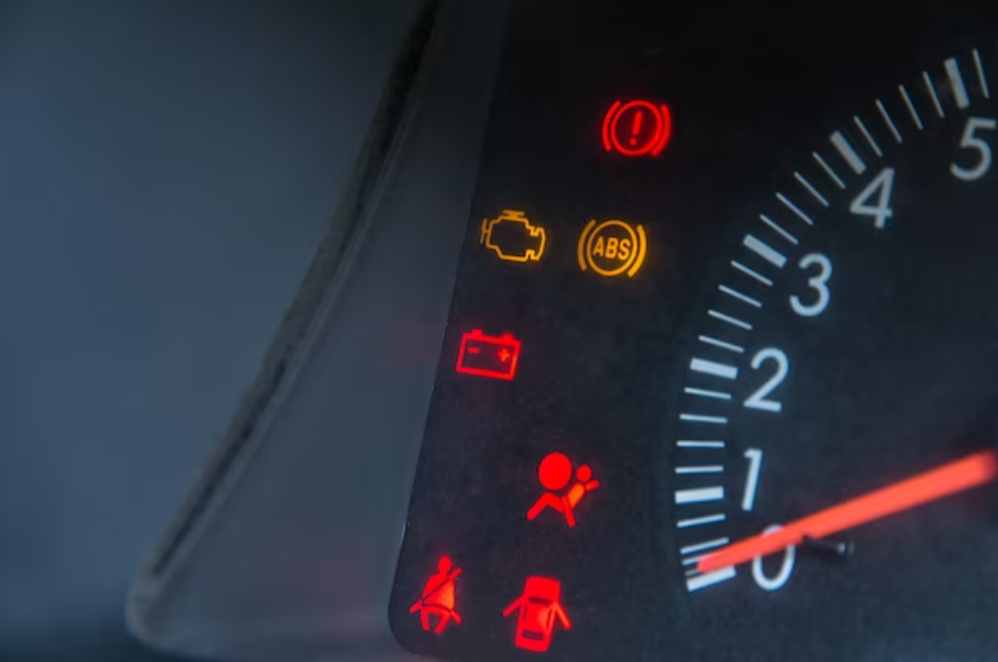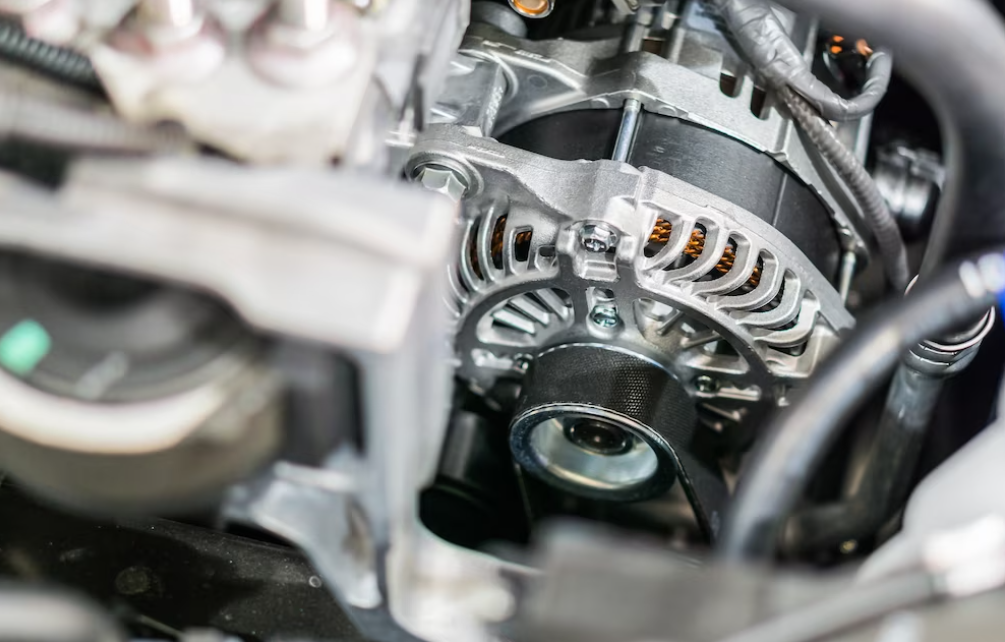How To Reset Your Check Engine Light - A Step-by-Step Guide
Many car owners may be concerned when their check engine light, often known as the malfunction indication lamp (MIL), comes on. Although it's important to pay attention to the light, a serious issue isn't usually indicated by it. The check engine light may occasionally be set off by a small problem or a short-term fault. Fortunately, you can usually reset the check engine light on your own and it is a simple procedure. You can find a step-by-step tutorial on how to safely and successfully reset the check engine light in our blog post.

How to Diagnose the Problem?
To reset your check engine light, it is essential to begin with diagnosing the problem. Numerous issues can trigger the check engine light, ranging from a loose gas cap to more severe engine problems. Effectively resetting the light requires identifying the root cause of its activation.
Initiate the process by inspecting the gas cap to ensure a secure seal. If the seal is loose, tighten it and observe if the light turns off. If the light persists, proceed with further diagnosis. Utilize a code reader to identify the specific code associated with the triggered light. This code will assist in pinpointing the underlying problem and determining the most appropriate method to reset the light.

OBD-II Scanner: An OBD-II (On-Board Diagnostics) scanner is a device used to read and clear diagnostic trouble codes (DTCs) stored in the vehicle's engine control unit (ECU). It connects to the OBD-II port, usually located under the dashboard or steering column.
Code Reader: A code reader is a simplified version of an OBD-II scanner. It allows you to retrieve and clear diagnostic trouble codes, but it may not provide advanced features or detailed information like a more advanced scanner.
Smartphone or Laptop with OBD-II App/Software: Some OBD-II scanners and code readers can be connected to a smartphone or laptop via Bluetooth or Wi-Fi. You'll need a compatible app or software installed on your device to communicate with the scanner and read/reset the codes.
Vehicle-Specific Scan Tool: Some OBD-II scanners and code readers provide Bluetooth and Wi-Fi connections to a smartphone or laptop. To interface with the scanner and read/reset the codes, you must have an app or piece of software that is compatible installed on your smartphone.
First, ensure your safety by turning off the engine and engaging the parking brake. Locate the OBD-II port, typically found under the dashboard on the driver's side. Connect your OBD-II scanner or code reader to the port securely. Power on the scanner and retrieve the diagnostic trouble codes (DTCs) from the vehicle's ECU. Interpret the codes to understand the underlying problem. Address the issue by repairing or replacing faulty components.
Then, clear the codes using the scanner's menu or buttons. Disconnect the scanner, turn off the ignition, and start the engine to check if the check engine light is still illuminated. If it remains off, the reset was successful. However, if it comes back on, further attention may be needed. Remember, consulting a professional mechanic is advisable for accurate diagnosis and proper repairs.

The light can turn on right away after being reset if the problem continues. Alternately, depending on the precise conditions, it can take a few seconds, minutes, hours, or even days for the light to return.
The check engine light is designed to monitor various systems and sensors in your vehicle. If a problem persists or a fault is detected during subsequent engine cycles or driving conditions, the light will be triggered again. The precise timing may vary depending on the nature of the defect, its type, and the onboard diagnostics system of the car.
It is advised to drive the car normally for a time to observe if the check engine light stays off if the issue that first set it off has been fixed. If the light returns, there may still be a problem that needs additional investigation and diagnosis by a skilled technician or other automotive expert.
-
Can I reset the check engine light by removing the ECM fuse?
Removing the ECM (Engine Control Module) fuse or disconnecting it temporarily can sometimes reset the check engine light. However, similar to disconnecting the battery, this method may erase valuable diagnostic information and is not recommended unless other options are not available.
-
Will the check engine light reset itself?
The check engine light may turn off on its own in some circumstances if the fault that brought it on is fixed and the car has completed multiple driving cycles without detecting any new issues. Nevertheless, since there is no assurance that everything will be in working condition, it is still advised to get the car diagnosed and fixed.
Read more article here: The 10 Best Jeep Wheels For Performance And Style











